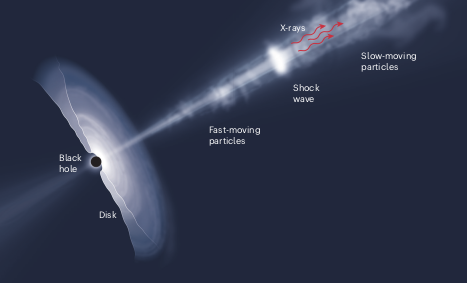For the past 50 years, scientists around the world have debated why lightning zig-zags and how it is connected to the thunder cloud above.
There hasn’t been a definitive explanation until now, with a University of South Australia plasma physicist publishing a landmark paper that solves both mysteries.
[…]
The answer? Singlet-delta metastable oxygen molecules.
Basically, lightning happens when electrons hit oxygen molecules with enough energy to create high energy singlet delta oxygen molecules. After colliding with the molecules, the “detached” electrons form a highly conducting step—initially luminous—that redistributes the electric field, causing successive steps.
The conducting column connecting the step to the cloud remains dark when electrons attach to neutral oxygen molecules, followed by immediate detachment of the electrons by singlet delta molecules.
[…]
he paper, “Toward a theory of stepped leaders in lightning” is published in the Journal of Physics D: Applied Physics. It is authored by Dr. John Lowke and Dr. Endre Szili from the Future Industries Institute at the University of South Australia.
More information: John J Lowke et al, Toward a theory of “stepped-leaders” of lightning, Journal of Physics D: Applied Physics (2022). DOI: 10.1088/1361-6463/aca103
Source: Physicists strike gold, solving 50-year lightning mystery



